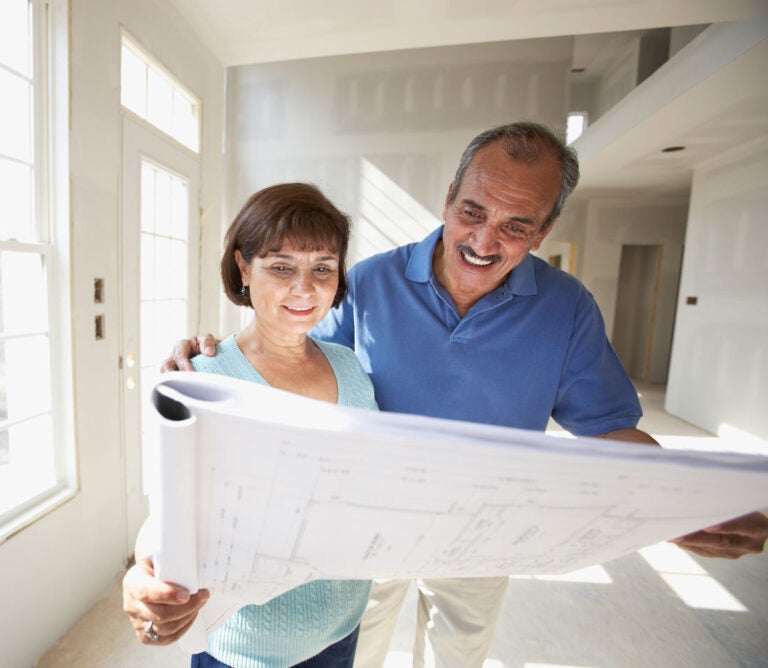One of the key features of a reverse mortgage is the flexibility that borrowers have in how they use their loan proceeds. Some borrowers may want to use their proceeds to build an accessory dwelling unit (ADU). Also called casitas, granny flats, in-law apartments, and backyard cottages, ADUs are separate residential units located on the same property as a single-family home.
Using Reverse Mortgage Funds to Build an ADU
A borrower may use their reverse mortgage funds to build an ADU. However, they cannot build an ADU on a mortgaged property with the intention of moving into the ADU when construction is complete. This is because the terms of a reverse mortgage are based on the original home on the property. Moving into the new structure will violate the terms of the reverse mortgage because the owner will no longer primarily occupy the main home on the property. Even if the ADU already exists on the property when the borrower takes a reverse mortgage, it will not qualify as the primary residence for the reverse mortgage.
What Makes an ADU?
An ADU can be a separate dwelling on the same lot, attached to the garage or the house, or a basement apartment. There is some expectation of privacy with an ADU.
Generally, local zoning laws govern the requirements of what qualifies as an ADU. An ADU (in most cities) needs to satisfy the following conditions:
- Same lot. The ADU must be on the same lot as the primary residence. Only one ADU is allowed per primary home.
- Smaller size. The ADU must be smaller than the primary home.
- A working kitchen. The kitchen must have cabinets, countertops, a sink, and a stove hookup.
- Sleeping and living areas. The dwelling must have both a sleeping and living area.
- Bathroom. In addition to a toilet, the bathroom must have bathing facilities.
- Exit/Entry. The home must have a separate entrance and exit from the main house on the property.
How an ADU Can Help Your Financial Situation
Building an ADU can offer reverse mortgage borrowers some unique advantages.
- Rental income. Because a reverse mortgage allows borrowers to rent out space in their homes, an ADU offers a potential source of additional income.
- Increase in property value. An ADU can increase the property’s value by 30%, according to a 2021 Porch.com study of 500 U.S. cities. While an existing reverse mortgage will not be impacted by a larger property value, borrowers may have the option of refinancing their reverse mortgage down the road to take out more equity. This value will also impact the greater value of their estate and potentially allow them to pass more to their heirs.
- Extra space Whether looking for space to accommodate a home office, guest room, or a living area for a dependent relative, an ADU can offer people who need more space an alternative to moving.
Keep in Mind
While an ADU may be a great addition to a property, it’s important to remember other ways that it will impact your financial situation. For instance, property taxes may increase, and you will have another structure to maintain. If you choose to rent the structure for extra income, you will be responsible for paying income taxes on the rent. You may also need to register the unit with your municipality.
This article is intended for general informational and educational purposes only, and should not be construed as financial or tax advice. For more information about whether a reverse mortgage may be right for you, you should consult an independent financial advisor. For tax advice, please consult a tax professional.




